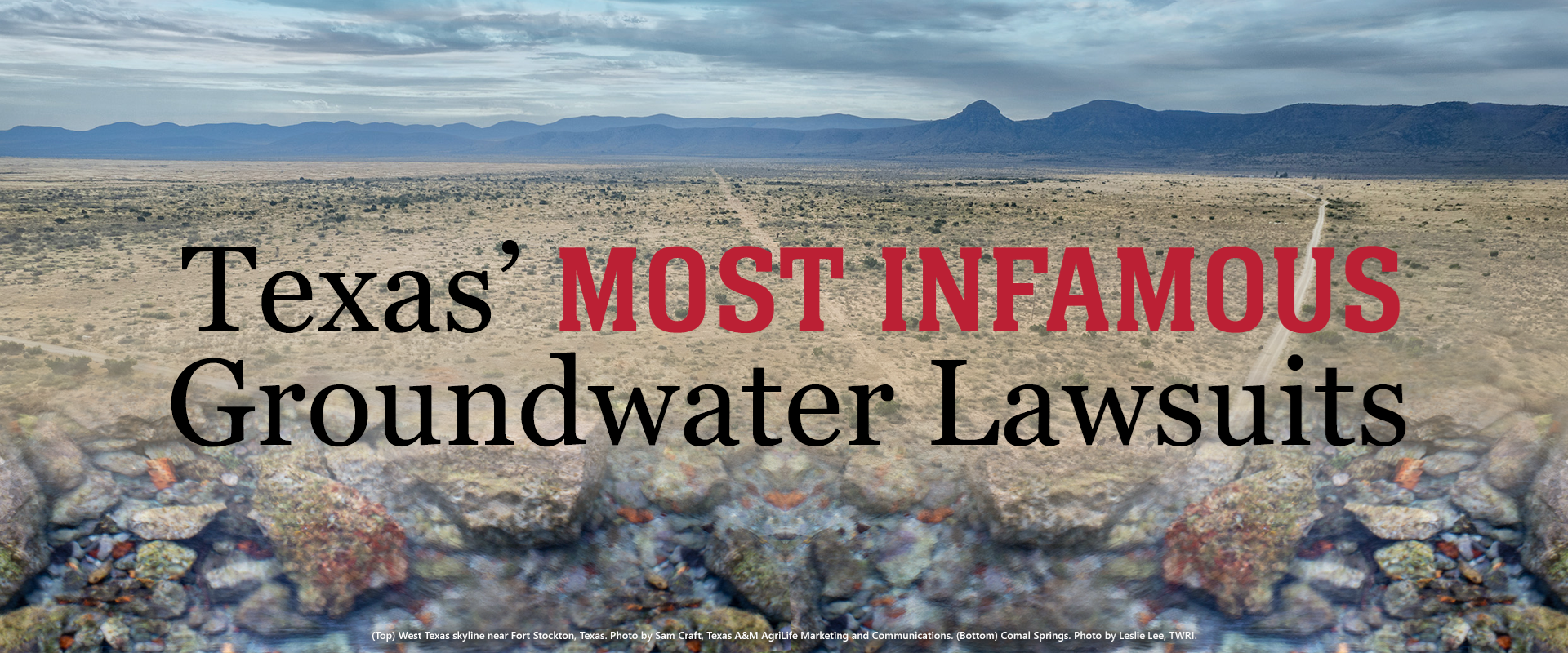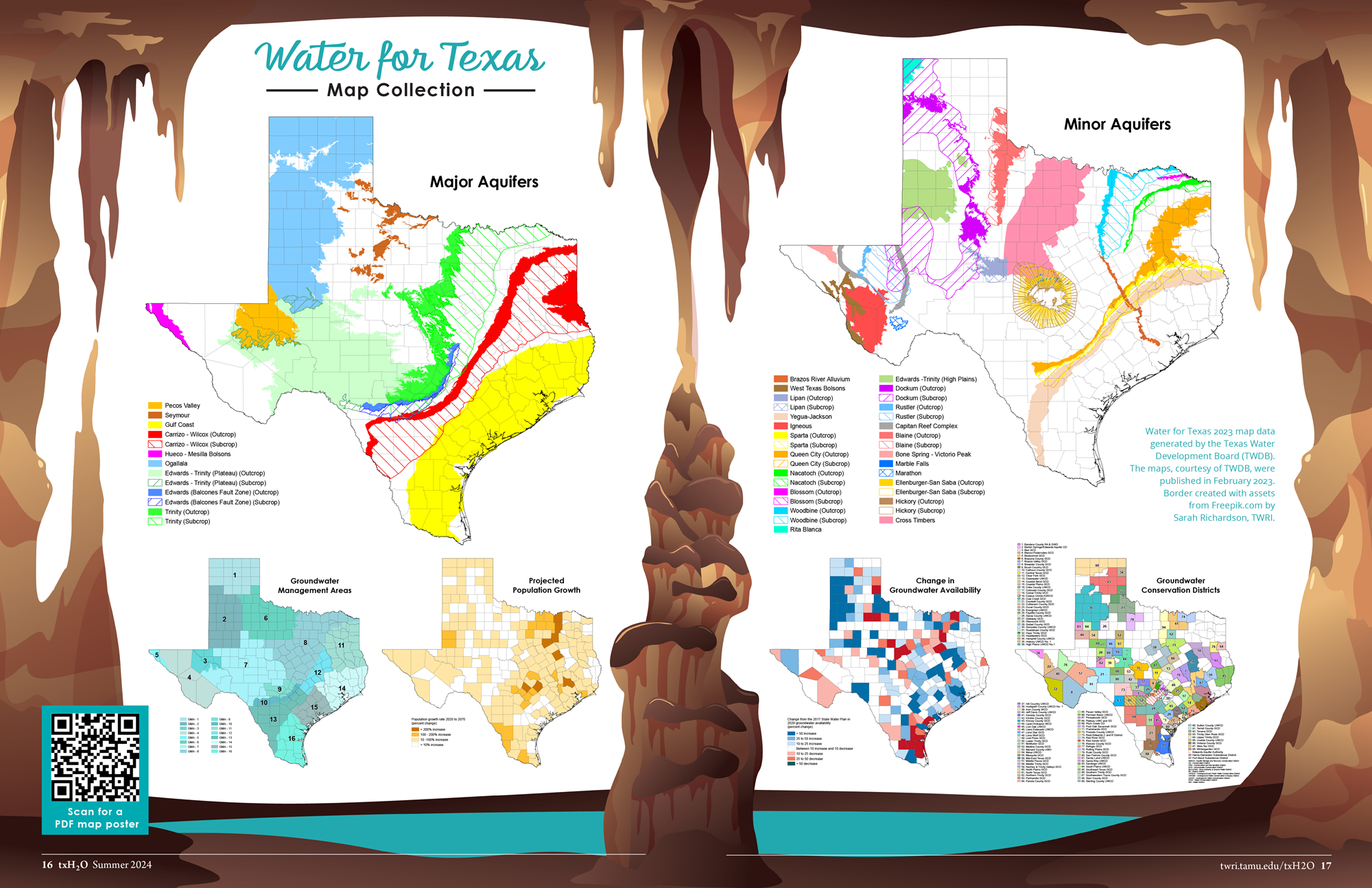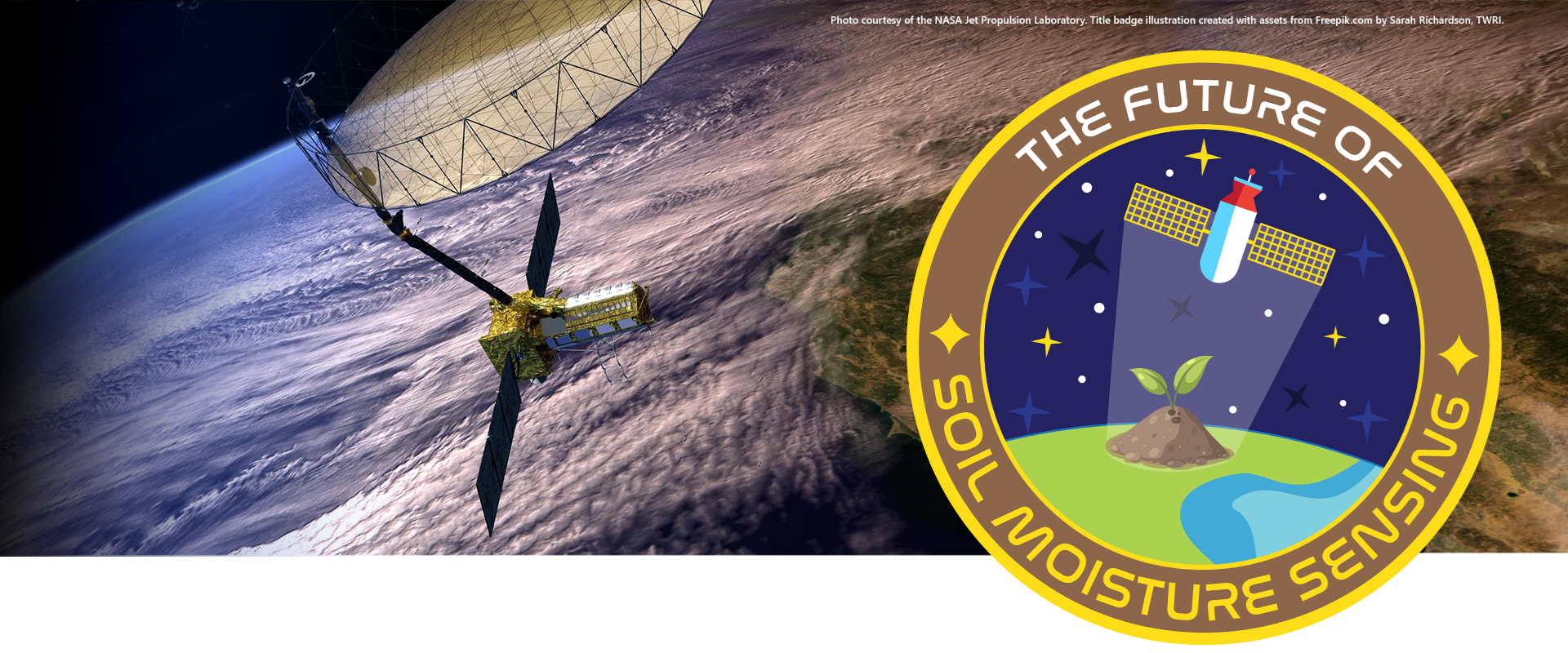Author: TWRI
-
Texas’ MOST INFAMOUS Groundwater Lawsuits
Article originally written by Cameron Castilaw “That Ohio Supreme Court ruling was actually based on an 1843 case decided in England, Acton v. Blundell. “So the rule of capture is really a tort law concept and essentially says, ‘you can’t sue your neighbor if your well dries up, or the local spring or something like that.’”…
-
-
The Future of Soil Moisture Sensing
Article originally written by Madison Pigg Tackling this dynamic environment, VZRG began using NASA satellite data in 2002 to study the numerical modeling of hydrological processes, soil bio-geo-chemistry, scaling issues in hydrology and multi-scale observations and measurements. New satellite opens doors for innovative groundwater research Using NISAR, scientists will be able to track groundwater movement…
-
Understanding Groundwater Law
There are four general approaches to groundwater ownership that states follow. While some states use a combination of approaches, these are the most helpful to learn when it comes to understanding groundwater law. States tend to follow one of these four types of groundwater law, but as groundwater science has evolved and water demand has…
-
14 Years of the Texas Well Owner Network
Pigg said that testing water wells is vital because even if the water tastes fine, there could be harmful bacteria, chemicals or naturally occurring pollutants that can harm humans in it. The next day or later that week, residents return to receive their water quality results and attend an educational program. Pigg helps residents interpret…
-
Where Does Your Groundwater Come From?
Some aquifers recharge over a long period of time, while others can recharge quickly. Some are confined between two layers of impermeable rock, while others are unconfined aquifers, topped by permeable layers of sediment. Some hold brackish or salty water, others naturally fresh water. Many cities in Texas depend on groundwater. If you live in…
-
Water Research and News
Most Americans are oblivious to ‘forever chemicals’ A first-of-its-kind study published by Texas Water Resources Institute (TWRI) scientists last November measured U.S. adults’ knowledge of perfluoroalkyl and polyfluoroalkyl substances, or PFAS chemicals. TWRI conducted the first generalized U.S. study on public awareness of PFAS and found most Americans do not know what the substances are…
-
Mills Scholarship recipient studies harmful algae blooms
Article originally written by Madison Pigg Crista Kieley, a graduate student in the Department of Marine Biology at Texas A&M University, researches the complex forces driving cyanobacterial blooms in warm monomictic lakes, which overturn only once a year. She focused her graduate research on these harmful blooms, a growing area of study, in the south-central…
-
Loren Henley joins TWRI
Loren Henley is the newest team member at the Texas Water Resources Institute (TWRI). Joining TWRI’s business team as a grant administrator this month, Henley assists and provides support for pre- and post-award processes and grant proposal submission. She reviews proposals, agreements, budgets and various proposal and project documents and serves as a liaison with Texas…
-
Meet a scientist: Bardia Heidari
Article originally written by Cameron Castilaw How can a love for animals lead to a career in water research? For Bardia Heidari, Ph.D., who grew up with dogs, rabbits, turtles and parrots in Tehran, Iran, animals inspired questions about how they interacted with their environment. Now a research scientist for the Texas Water Resources Institute at…












